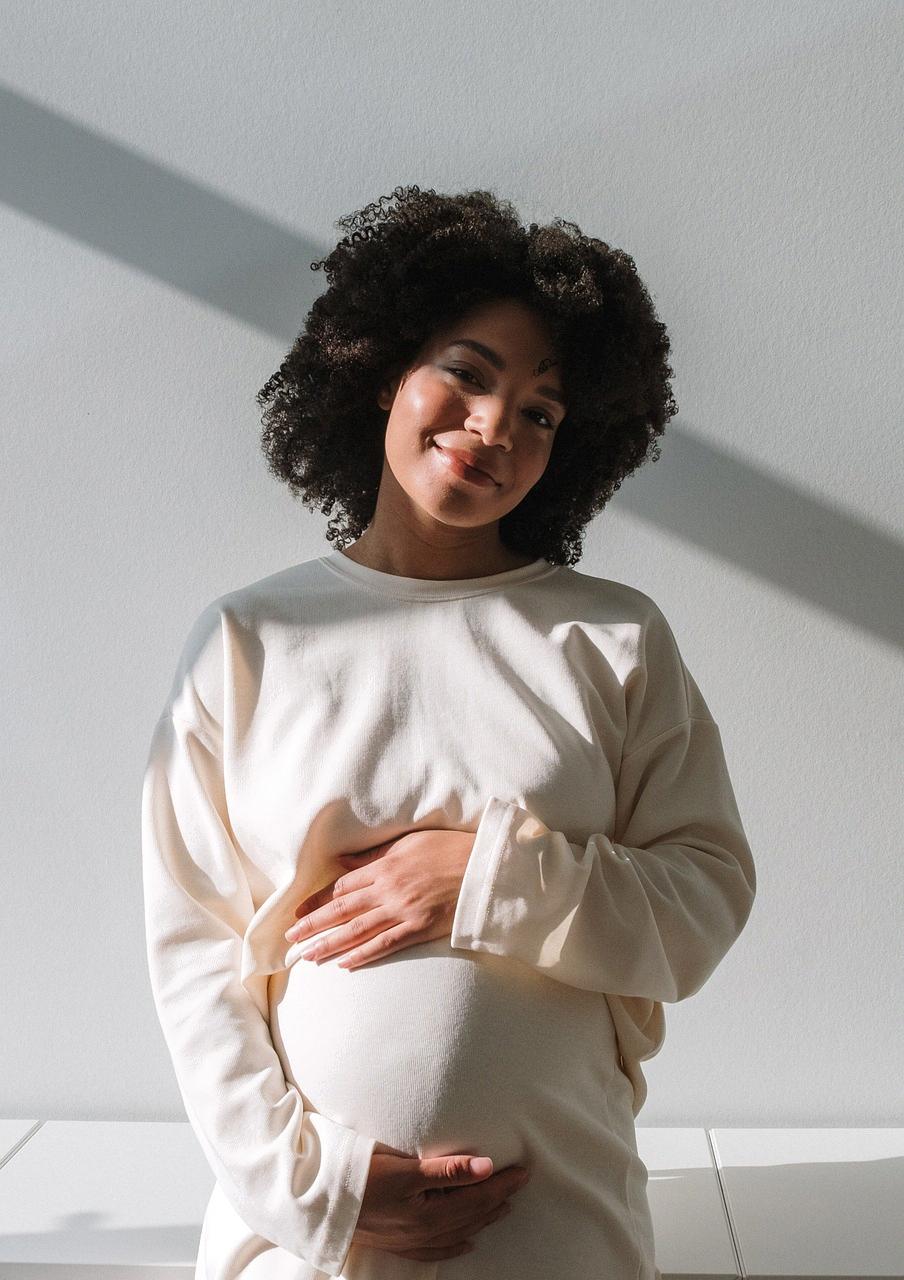When it comes to the fascinating world of seahorses, one of the most intriguing aspects is their unique approach to pregnancy and reproduction. Unlike many other species where females bear the burden of pregnancy, in seahorses, it is the male that takes on the role of carrying and giving birth to their offspring. This dynamic reversal of traditional gender roles in parenting has captured the curiosity of scientists and nature enthusiasts alike.
The Seahorse Male Pregnancy Process
Seahorses have a specialized reproductive system where the male seahorse possesses a brood pouch. This pouch plays a crucial role in the pregnancy process, as it is where the male seahorse receives the eggs from the female during the intricate courtship dance. Once the female transfers her eggs to the male’s pouch, fertilization occurs internally, with the male releasing sperm to fertilize the eggs within the pouch.
Embryo Development and Nourishment
After fertilization, the male seahorse’s pouch provides a safe and nurturing environment for the developing embryos. Within the pouch, the embryos are surrounded by a fluid that maintains proper osmotic balance and supplies essential nutrients for their growth. The male seahorse plays a crucial role in regulating the pouch’s conditions to ensure the embryos’ well-being throughout the gestation period.
Gestation Period and Birth
The gestation period for seahorses can vary depending on the species, but on average, it lasts for about 10 to 25 days. During this time, the male seahorse closely monitors the development of the embryos within his pouch, providing oxygen and removing waste products to support their growth. When the embryos are fully developed, the male undergoes muscular contractions to expel the tiny seahorses from his pouch, marking the moment of birth.
Parental Care and Survival
Once the baby seahorses are born, they are entirely independent and must fend for themselves from the moment of birth. As part of their unique reproductive strategy, seahorses invest heavily in the quality of their offspring rather than the quantity, providing them with a higher chance of survival in their challenging marine environment.
Environmental Pressures and Adaptations
The male seahorse’s ability to carry and nurture the offspring within his pouch has evolved as an adaptation to the specific environmental pressures faced by seahorses. By shouldering the responsibilities of pregnancy, the male seahorse contributes to increasing the survival odds of their young in the wild.
Challenges and Threats to Seahorse Reproduction
Despite the remarkable adaptations of seahorses in pregnancy and reproduction, they face numerous challenges in the modern world. Habitat destruction, pollution, overfishing, and the aquarium trade are significant threats that can disrupt seahorse populations and their ability to reproduce successfully in the wild.
Conservation Efforts and Research
Efforts are being made by conservation organizations, researchers, and policymakers worldwide to protect seahorse populations and their unique reproductive behaviors. By studying the intricate mechanisms of seahorse pregnancy and reproduction, scientists can gain valuable insights into the species’ biology and develop targeted conservation strategies.
Final Thoughts on Seahorse Pregnancy
Seahorse pregnancy is a captivating biological phenomenon that challenges conventional notions of reproduction in the animal kingdom. The male seahorse’s remarkable ability to carry and give birth to their young showcases the diverse and awe-inspiring ways in which life unfolds in the oceans. As we continue to explore and appreciate the wonders of seahorse pregnancy, let us also strive to protect these enchanting creatures and their delicate marine habitats for future generations to marvel at.

